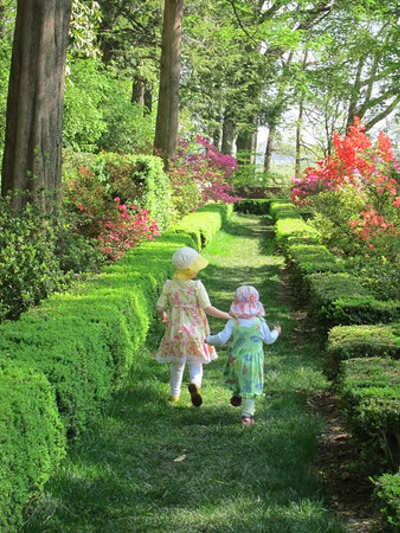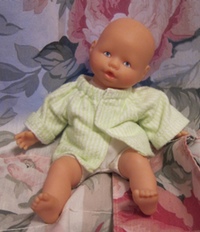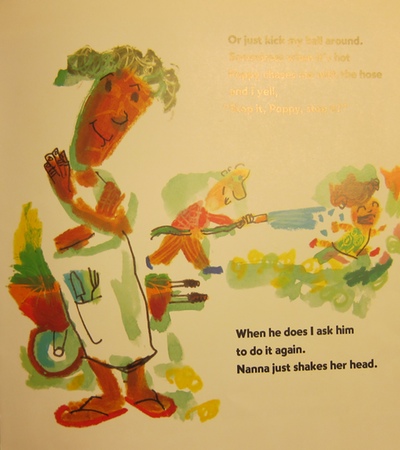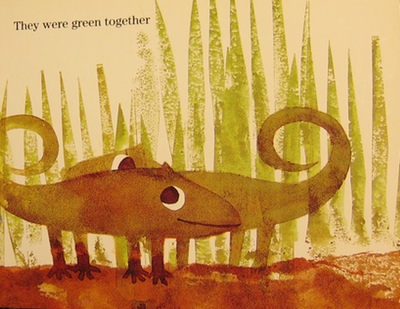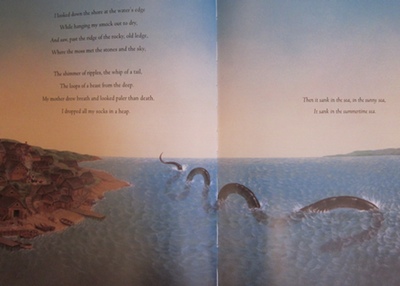Curative Story: Molly Artiste
/I just finished reading Bringing up Bébé, which I loved. One of Druckerman's observations is that in American kids' books there is usually a problem, a struggle, and a happy resolution, "Lessons are learned, and life gets better" (p. 162). Stepping back, I see how true this cultural phenomenon is, and I wonder, is this another automatic and empty reflex that has blindly taken over children's literature the way "good jobbing" has taken over parent talk? Do we really want to communicate to our children that life is full of neat and tidy endings? Because I have yet to experience that kind of life and I'm not sure raising our kids to believe it will make it so...
To avoid turning my children into anxious underachievers who will never ever succeed in life because they are wasting away in a neurotic spiral of doom while waiting for that happy ending promised in all the childhood stories I ever told them... here is my first Curative Story à la française.
Curative Story: Molly Artiste
Once upon a time there was a bunny, and her name was Molly bunny. Molly bunny lived in the forest with her mama bunny and her daddy bunny. Molly bunny was 6 years old and loved to draw. Every afternoon while her mama was cooking carrot stew, Molly bunny would sit on the stump with her favorite long stick and draw pictures in the dirt. She drew tall trees, little flowers with petals, bumble bees, butterflies, and even her best friend, Agoo the chipmunk.
One day, Molly bunny was drawing a picture of a tree she had recently discovered in the forest. It was an old tree with many strong branches. One branch held a bird's nest and another had a long rope swing that a little girl would sometimes stop to play on when she took a walk in the woods. Molly bunny was trying to draw the girl on the rope swing. She frowned in concentration as she dragged the stick across the earth to make the rope hang down from the tree. Then she drew a head and a body and arms to make the girl. Molly bunny looked at what she had drawn and it didn't look like a girl on a rope swing at all. She smoothed the dirt to erase the girl and tried again. It still didn't look right. Molly bunny threw her stick in frustration and yelled, "This is NOT working!"
"Molly!" exclaimed mama bunny, looking up from her stew, "what's wrong?" "This drawing in terrible," said Molly bunny angrily. Mama bunny came over to look at it. "Hmmm," she said, "what don't you like about it?" "It doesn't look like a girl on a rope swing. It doesn't look like anything. It's terrible!" And with that Molly jumped down onto her picture and stirred up all the dirt until no picture was left.
Mama bunny sighed. "Well, you could draw something else. Or try it again. But it might not look the way you want it to. Sometimes art is like that." Molly bunny looked at her mama. "I really want to draw the girl on the rope swing," she said, gazing at a clean patch of dirt. She picked up her stick and started over. After a few minutes she stepped back and looked at her drawing. The tree looked good, she thought, but it still didn't look like a girl on a rope swing.
Molly tossed her stick aside. Her artwork was not working today, she decided. So she hopped off the stump and went to gather stones to play hopscotch instead.


